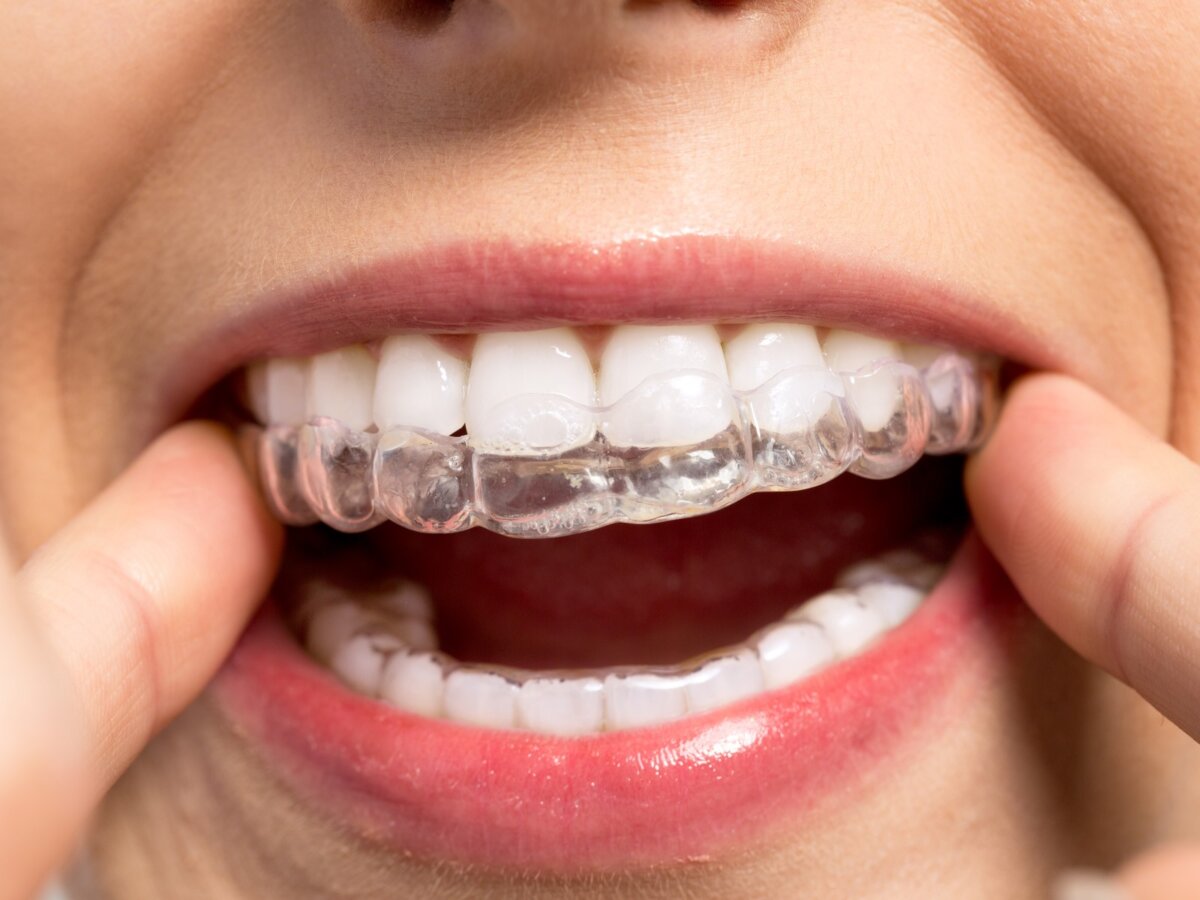Over the last two decades, clear aligners have grown in popularity as a means of straightening or realigning your teeth.
Invisalign, which Align Technology introduced to the market in 1998, is possibly the oldest and most well-known clear aligner product. Since then, more transparent aligners from various brands, such as Spark, ClearCorrect, and uLab, have entered the market.
What is Invisalign?
The brand name Invisalign refers to a type of thin clear aligner used in orthodontic treatment. The aligner is built of SmartTrack, a flexible thermoplastic polymer.
As the name implies, this device is intended to make orthodontic treatment "less conspicuous," as defined by the American Association of Orthodontists.
Although Invisalign aligners are not fully invisible, these clear coverings fit securely over your teeth and are significantly less visible than traditional braces' brackets and wires.
What types of dental issues can Invisalign correct?
Invisalign can be used to treat a variety of disorders, such as crowding and spacing abnormalities, as well as mild to moderate biting problems.
The Invisalign website states that it can be used to treat the following dental issues:
- teeth gaps
- open bite
- some types of overbite, underbite, and crossbite issues
- crowded teeth
While data is limited, it appears that Invisalign may be more effective for certain diseases than others.
What can affect how well Invisalign works?
For Invisalign to work properly, the aligners must be worn for 20 to 22 hours every day.
You should take out the aligners only when you're:
- brushing or flossing your teeth
- eating or drinking
- cleaning your aligners
You must exercise caution when cleaning your aligners. If you use excessively hot water, the plastic may deform. This can impair your progress and the effectiveness of the aligners by changing the fit.
The complexity of your orthodontic issues could impact how well Invisalign works for you. If you have more complex spacing or biting concerns, this treatment may take longer to work.
Other factors that may be at play include your gender and age. From the ages of 35 to 50, the pace of movement of your teeth rises gradually. This suggests that Invisalign could be more successful for this age group.
What are the pros and cons?
Let's look at the pros and disadvantages of Invisalign to help you decide whether this treatment option is best for you.
Pros of Invisalign
- The aesthetic aspect. This is a popular cause for utilizing Invisalign. Clear aligners are significantly less noticeable than brace wires and brackets.
- You can get rid of them. If necessary, you can physically remove the aligner from your mouth.
- Cleaning your teeth is made easier. If you remove the aligner, you may brush and floss your teeth without trying to avoid wires and brackets.
- There are fewer possible issues. Many people with traditional braces had a bracket fall off or a wire breaking, requiring an emergency visit to the Invisalign orthodontist. You won't have to worry about that with transparent aligners.
Cons of Invisalign
- Less effective when dealing with complex challenges. While research is limited, it appears that Invisalign is more helpful for patients whose teeth require only particular types of movement. Your doctor may propose a different treatment technique for more complex situations. Invisalign may not be the ideal option for you if you have bridgework on some of your teeth.
- Compliance is required. To get the most out of Invisalign, you should wear the aligners for 20 to 22 hours every day. If you believe you will be tempted to use them more frequently, this may not be the ideal option for you.
- When eating or drinking, remove. Before eating or drinking, you must remove your aligners. If you don't, bacteria can grow along your teeth or gumline, causing cavities. Fluids can also soak into them and discolor both the aligners and your teeth.
- Food restrictions. When the aligner is removed, you may have tooth discomfort, which may limit your eating options. Hard meals, in particular, should be avoided.






Comments